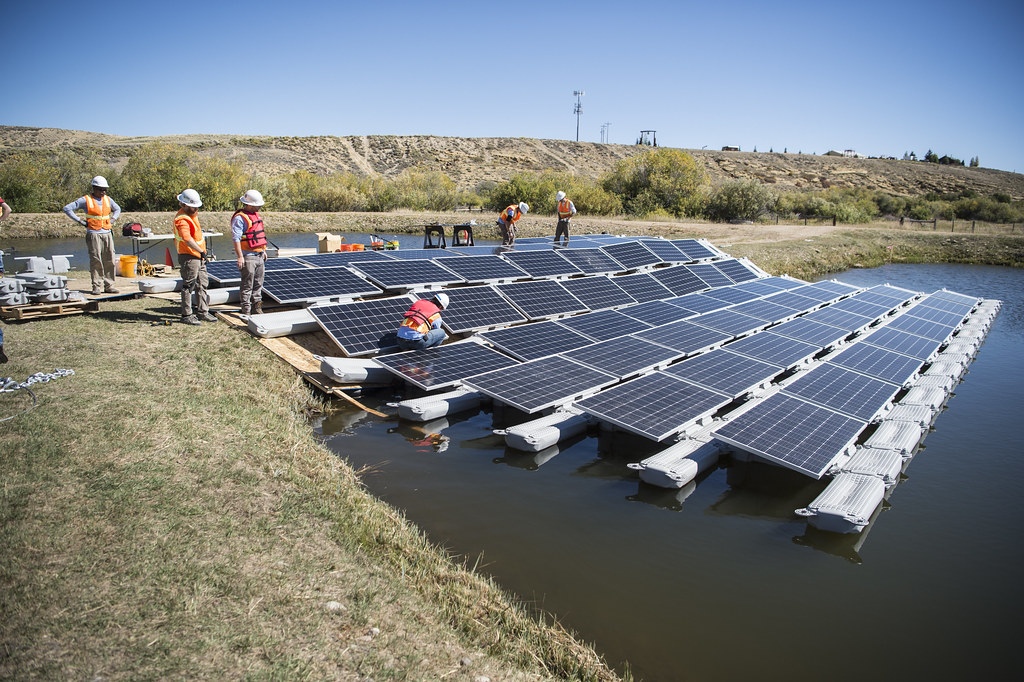Solar Power Blog
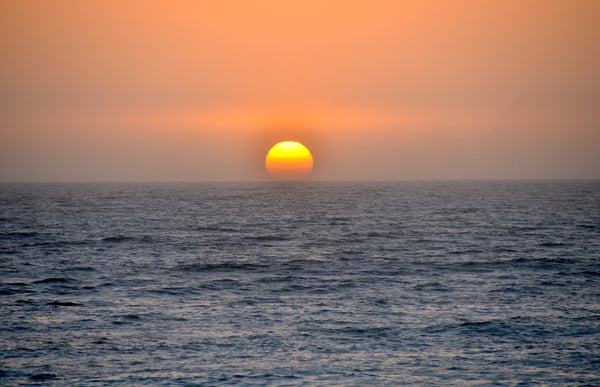
Out to Sea: Connecting Renewable Energy and the Ocean
While looking for global solutions to climate change and energy scarcity, consider the very thing that gives Earth its little blue planet identity: the ocean.
Covering about 70% of the planet’s surface, the ocean has plenty of space and many different resources that allow it to host renewable energy generation in many different capacities.
In this article, we’ll explore under the sea, as well as on top of it, to showcase five of the most popular marine renewable energy technologies in use and development today.
Floatovoltaics and Off-Shore Solar
At the Solar Us Shop, we are obligated to talk about solar before anything else, as our absolute favorite renewable resource. Cheap, easy to deploy, emission-free, and long-lasting, there are so many reasons why solar energy is the most affordable and fastest-growing renewable electricity in the United States.
As the sun shines on the sea the same way as it does on the land, off-shore solar panels are slowly becoming a reality around the world. Known as floatovoltaics (short for floating photovoltaics), solar panel islands like the world’s first of its kind off-shore of the Netherlands are built to withstand the extreme conditions of the open sea.
Although the technology is still a long way from being commonplace, many governments and private companies are researching, developing, and testing ways to adopt off-shore solar. Largely, the movement is being pushed forward by the Dutch-Norwegian company SolarDuck, which has a goal to deploy over 1 GW of floatovoltaics annually from 2030 onwards.
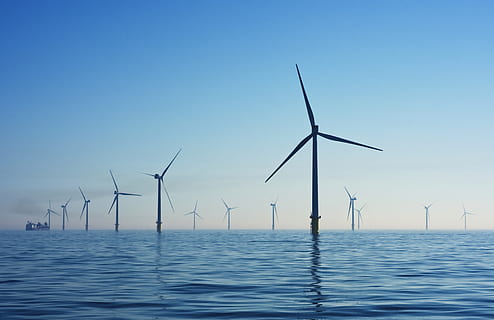
Off-Shore Wind Systems
Second, offshore wind energy is one of the most popular marine renewable energy technologies in use today. With massive equipment including fan blades up to 100 yards and larger, offshore wind systems capture the intense weather patterns out at sea and deliver electricity back to shore through underwater cables.
Although you won't be likely to see them when you are relaxing on a beach vacation, offshore wind turbines can be seen all around the world and near countries like the UK, Germany, the United States, and China. With an endless potential to capture daily wind patterns, offshore wind turbines (like floatovoltaics) do not even necessarily need to be in the ocean as such technologies can also be deployed on the Great Lakes and in other large bodies of water.
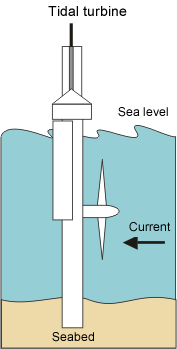
Tidal Power & Wave Energy
Next, tidal power and wave energy use the “motion of the ocean” to generate electricity in two different ways. Although the technologies may sound like synonyms, tidal and wave energy are separate in that tidal power is generated below the surface, and wave power equipment is found on the surface.
As tides move in and out throughout the day, tidal power technology captures the movement using a spinning generator that essentially acts as an underwater wind turbine. On the other hand, wave power generators capture energy from the “up and down” movement of ocean surface waves, rather than the “back and forth” tidal undercurrents.
While tidal power Is more predictable than wave energy, both technologies have their selling points and terms of why such facilities are gaining interest at scale. With key players in the US, Australia, Singapore, and around the world, the global market for wave and tidal energy is expected to reach $1.54 billion by the end of the decade.
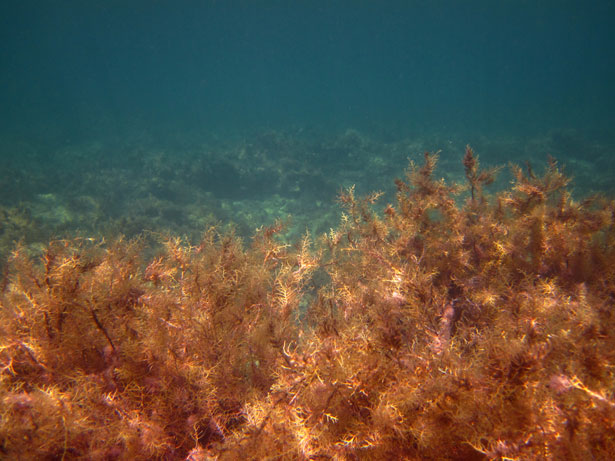
Marine Biomass
Finally, it's time to introduce something that you are less likely to have heard of before: marine biomass. Of course, if you're familiar with biomass on the land this concept will be much easier to understand.
By creating power from living things, biomass can be considered the process of using any organic matter used as a fuel. Common examples include wood in a fireplace, corn-based “biofuels,” and electric power generation from crops and agricultural residue. At sea, many different resources contain biomass potential, with seaweed (also known as macroalgae) leading the way for energy research.
While harnessing massive amounts of seaweed could have negative effects on larger ecosystems, algae farms designed specifically for electricity generation may be one of the most surprising marine renewable energy technologies to emerge in the near future.
Final Thoughts
In summary, there are many different ways in which the ocean can help us decarbonize energy resources and meet the growing demand for electricity all over the world. By utilizing existing renewables, and constantly exploring new ways to revolutionize marine and oceanic power production, we can partner with the deep blue sea to make our planet a bit more green.
If you would like to go green today, you can start small with panels, lights, and other gadgets in Solar Us Shop.


